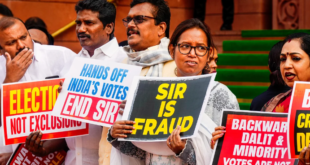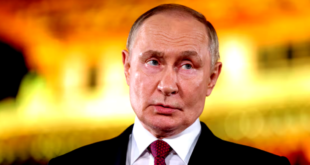 Dr. Seema Javed
Dr. Seema JavedAt the COP28 climate summit in Dubai in 2023 , to limit global warming to 1.5 degrees Celsius. according to the Paris Agreement- it was decided as a way forward. 200 countries committed to tripling global renewable energy(wind, solar and hydro) by 2030, in an effort to do so. But IRENA’s analysis found that even if renewables continue to be deployed at the current rate over the next seven years, the world will fall 13.5% short of the target to triple renewables to 11.2 terawatts.
The United Arab Emirates’ COP28 President Sultan Al-Jaber called the report “a wake-up call for the entire world” and urged countries to add strong national energy targets to their updated national climate action plans (NDCs) due by early next year.
International Renewable Energy Agency (IRENA), renewables are the fastest-growing source of power worldwide, with new global renewable capacity in 2023 representing a record 14% increase from 2022 but its a far cry from reaching the objective in 2030.

This table shows the regional renewables deployment required by 2030 in 1.5ºC compatible pathways. By 2030, 11.5 TW of renewable capacity needs to be installed.
According to the Climate Analytics report-To guide efforts towards the goal of tripling RE by 2030 governments need a clear roadmap and information on investment and climate finance needs, while civil society needs benchmarks to hold governments to account. In keeping with the tripling target and the Paris Agreement’s temperature goal, global renewable capacity needs to grow to 11.5 TW by 2030 – up 3.4x from 2022 levels. To achieve this, different regions scale at different rates relative to their current renewable capacity, driven by the pace of fossil phase-out needed and future electricity demand growth.
 Jubilee Post News & Views
Jubilee Post News & Views





